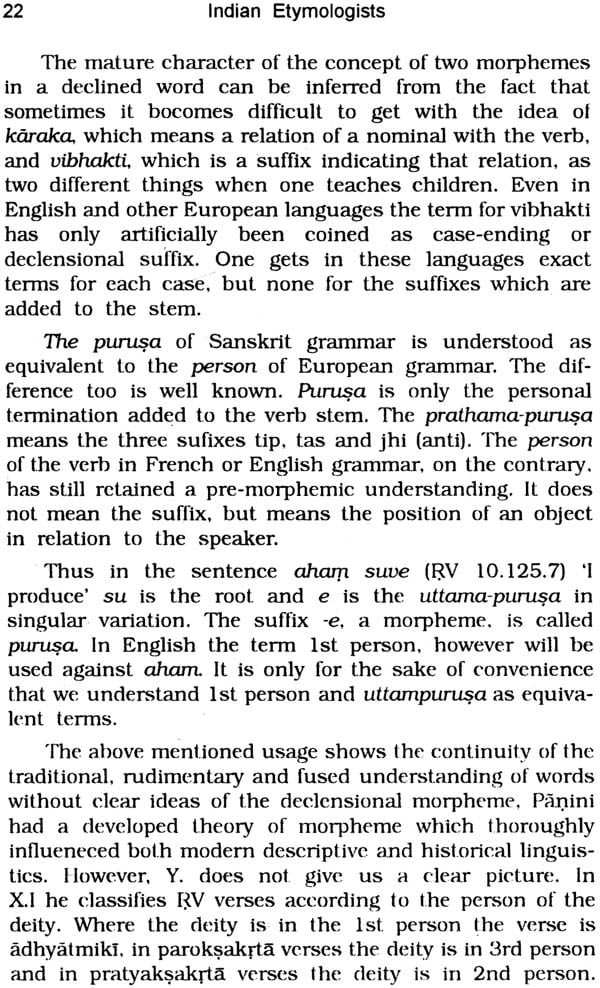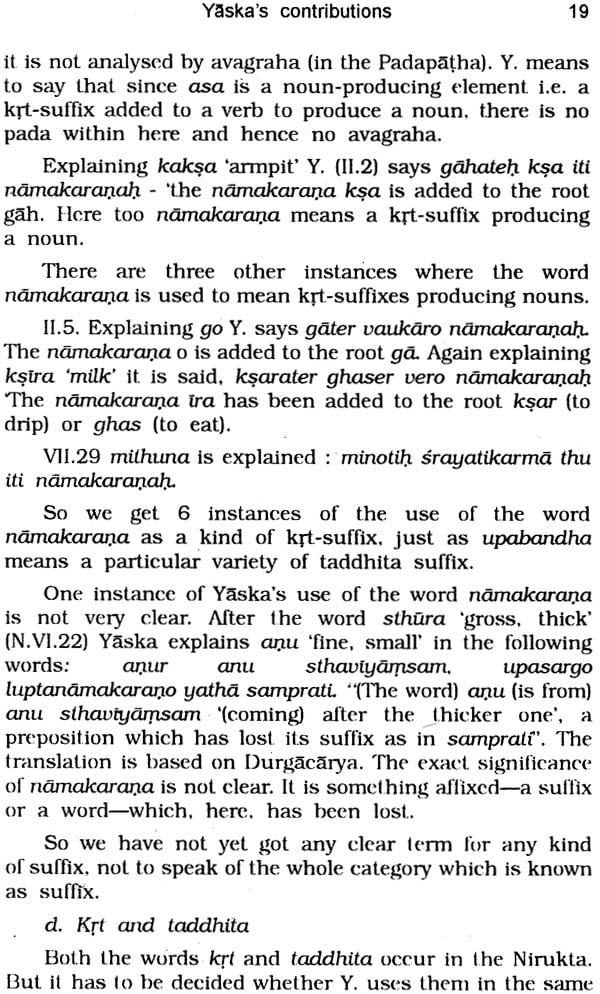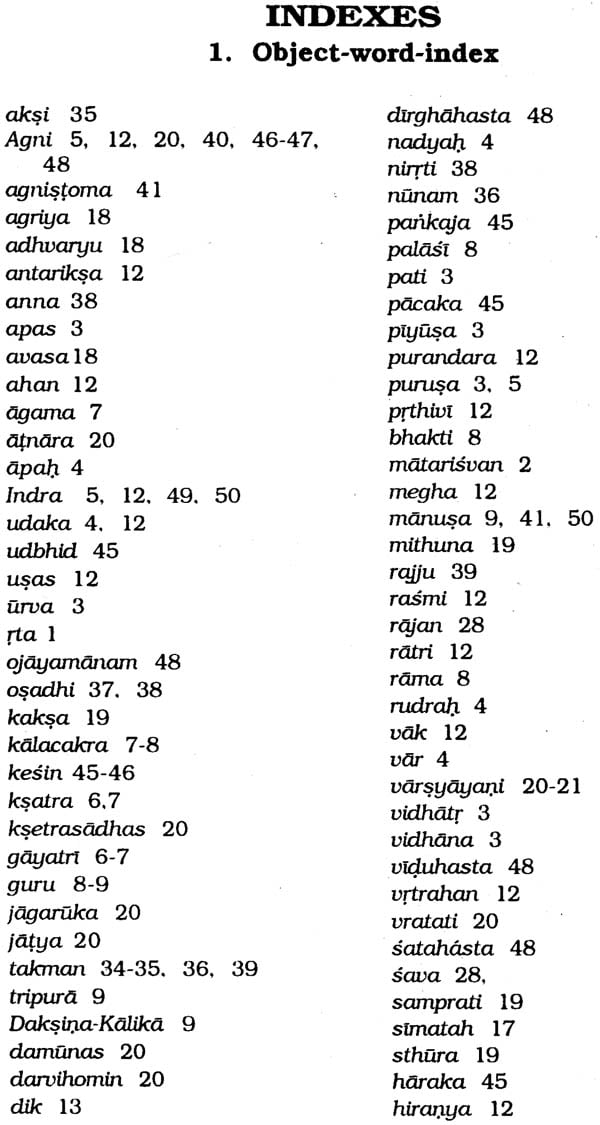
Indian Etymologists and Their Etymologies
Book Specification
| Item Code: | NAL890 |
| Author: | Dipak Bhattacharya |
| Publisher: | Rabindra Bharati University |
| Language: | English |
| Edition: | 2002 |
| Pages: | 70 |
| Cover: | Hardcover |
| Other Details | 9.0 inch X 6.0 inch |
| Weight | 160 gm |
Book Description
I thank Shriman Nabanarayan Bandyopadhyay, the young acting director of the School of Vedic Studies, Rabindra Bharati University, who readily agreed to publish the present work when I enquired about any such possibility.
I also take this opportunity to express my indebtedness to my teacher late Professor Shiva Chandra Nyayacharya (1926-1995) of Varanasi who first drew my attention to the difference between the varnavikaravadins and the Naiyayikas and Panini as described in this work.
I dedicate this book to his hallowed memory.
The book originated as three lectures delivered under the Wilson Philological Lectureship Endowment at the University of Bombay in 1987. The lectures had been arranged by Professor Sindhu S. Dange, R. G. Bhandarkar Professor of Sanskrit, University of Bombay with active encouragement from her predecessor and husband late Professor S. A. Dange. The illustrious Indologist couple always treated me with unlimited affection.
Some change had to be made when I rather quickly prepared the press-copy. These have not been many and no material difference has been made to occur. The main thrust of the book has been on the rituo-philological ideology of ancient etymologists. They were not ritu-alists in the sense in which the word yajnika is used. The Nairuktas regarded the prayer itself as the main ritual. It was the power of prayer which counted for Yaska and which he aimed at enhancing through etymology.
| Chapter I : | The essential features of etymology and its popularity in Indian thought through the ages | 1-19 |
| 1.1 | Essential features. | 1 |
| 2 | Popularity of etymology in Indian tradition | 2 |
| Chapter II : | Yaska's Contribution | 11-31 |
| II.1 | The relation between the Nighantus and the Nirukta. | 11 |
| 2 | Modern works on the Nirukta. | 14 |
| 3 | The Nirukta's initial sections. | 15 |
| 4 | Yaska's concept of morpheme as compared to Panini's, | |
| (a) | The early development and a general view, | 16 |
| (b) | Non-declensional and noun-suffix, | 17 |
| (c) | Non-conjugational verb-suffix | 18 |
| (d) | Krt and Taddhita. | 19 |
| (e) | Declensional and conjugational suffix :Panini, European grammar and Yaska, | 21 |
| 5 | The parts of Speech, | 24 |
| 6 | Yaska's advanced idea of motion in relation to some other schools of philosophy and grammarians, | 25 |
| 7 | The transient nature of sound. | 29 |
| 8 | The radical origin of words. | 30 |
| 9 | Anthropomorphism. | 31 |
| Chapter II : | A Peep into the mind of the etymologist yaska | 33-50 |
| III.1 | The main method of etymology | 33 |
| 2 | Yaska and modern comparative linguistics. | 34 |
| 3 | Yaska and Panini as classifiers of grammatical elements and relations. | 37 |
| 4 | The Nirukta and the Unadisutras | 39 |
| 5 | The theory of hidden meanings | 39 |
| 6 | The three factors of Nirukta hermeneutics | |
| (a) | The importance of a name, | 42 |
| (b) | The only power of expression | 44 |
| (c) | Relevancy and consistency | 47 |
| 7 | The importance of Nirukta hermeneutics in modern Vedic interpretation. | 50 |
| Nots | 51-53 | |
| Indexes | 54-58 |









